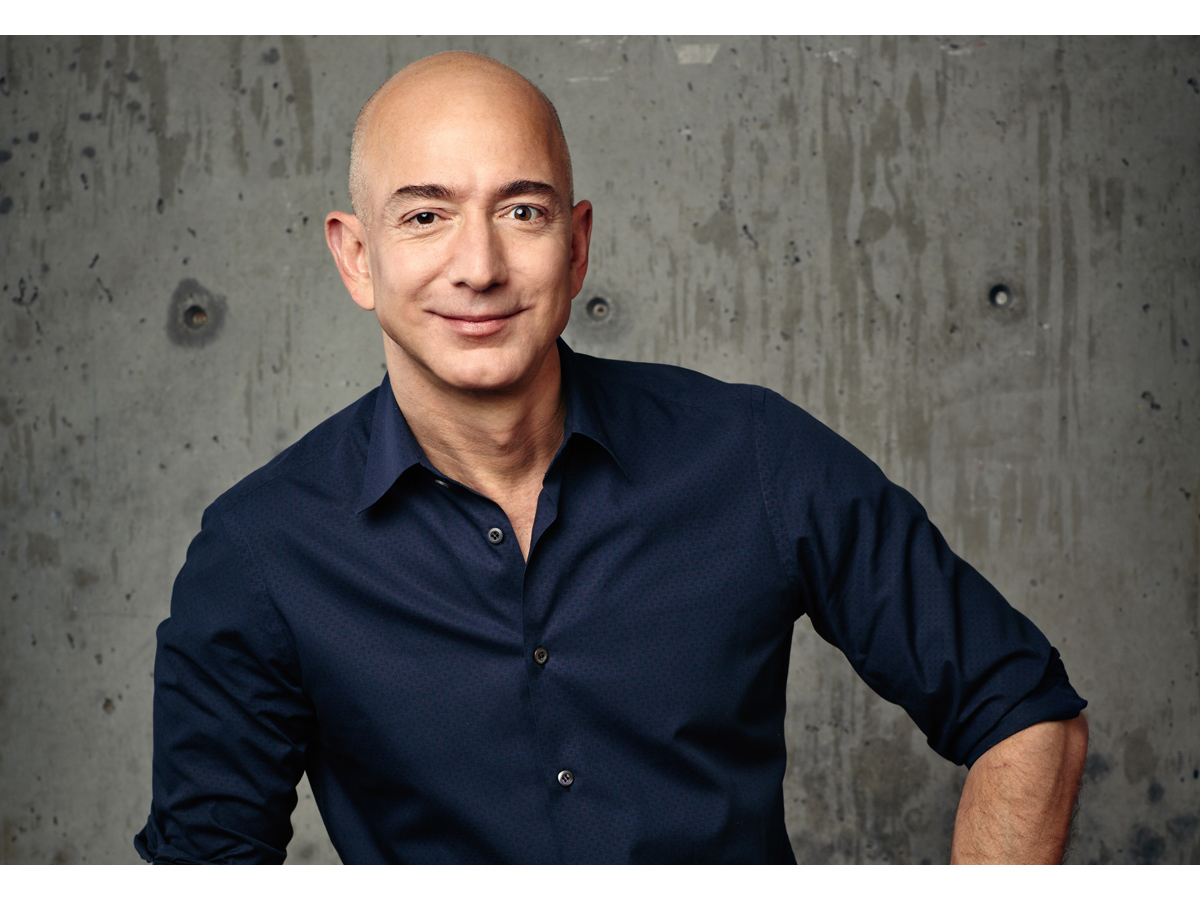
Between delivery drones, warehouse robots and his purchase of the Washington Post, Amazon.com founder and CEO Jeff Bezos made more headlines than usual this year.
While that’s quite a feat in itself, not all of the news was good. After singing the praises of Amazon’s cash flow and business model off and on for more than a decade, Wall Street finally lost patience with its widening losses and seemingly endless infrastructure investments and soured on the stock.
In October, the No. 1 e-tailer reported a third-quarter net loss of $437 million, compared to a $41 million loss for the year-ago period, reflecting greater investments in technology, content, marketing and fulfillment, and sending shares down by more than 8 percent.
Among those investments was the nearly $1 billion purchase of video-game enthusiast site Twitch, the merits of which are still to be determined, and, in a rare Amazon misstep, an unspecified bet on the mobile market with its ill-fated Fire Phone.
The Amazon-designed, Android-based smartphone launched last summer through AT&T stores and Amazon for $199 with contract for the 32GB version and $299 for the 64GB version.
Features include the Mayday instant customer support button, popular on the company’s tablets, although other onboard extras are more gimmicky, including Firefly, a Cloud-based service that recognizes more than 70 million items, songs, movies and TV shows that can then be purchased from Amazon if available.
There’s also Dynamic Perspective, which tracks head movement for use with gesture-based controls and specially enabled 3D map and gaming apps.
But consumers didn’t buy into the feature set nor the phone, which was overshadowed by the iPhone 6 and hampered by poor user reviews, and within a month and a half its price was reduced to 99 cents with contract (plus a free year of Prime membership). Unlocked GSM models were were introduced in November for $199 (since raised to $229), compared to $450 for unsubsidized AT&T phones.
On a third-quarter earnings call, Amazon chief financial officer Tom Szkutak said the company took a $170 million write-down largely for unsold Fire Phone inventory and supplier commitments, and still had $83 million worth of handsets taking up warehouse space. Separately, Amazon devices senior VP David Limp observed that the phones were initially priced on par with the marketplace, which in retrospect was too high relative to Amazon’s other proprietary, and largely break-even, products.
More recently, at a Business Insiders conference earlier this month, Bezos defended the phone as one of many “bold bets” that Amazon and any successful business must take, and admitted to spending billions on failed experiments like Pets.com and Kozmo.
Some, however, would later bear fruit, like its 1999 attempt to rent out digital storefronts, or “zShops,” on Amazon, which would later evolve into its Marketplace platform for third-party sellers, which now accounts for 40 percent of the company’s unit volume.
Bezos also indicated his patience with Fire Phone as it, like the Kindle e-reader before it, shrugs off early criticism and evolves through multiple iterations.
“If you look at our device portfolio more broadly, our hardware team is doing a great job,” he said at the conference. “The Kindle is now in its seventh generation; the Kindle Voyage, the new kind of premium product, is just completely killer; and Fire TV, Fire Stick, we’re having trouble building enough. Amazon Echo [a smart wireless speaker], which we just launched … we didn’t build enough of those, but we’re working on that.
“So there’s a lot of activity going on in our device business, and with the phone I just ask you to stay tuned,” he said.
The Fire TV Stick in particular appears to be a home run. Amazon declared the $39 over-the-top (OTT) streaming stick its “fastest-selling” device ever following its launch last month, and sparked by a limited-time price of $19 for Prime members, initial ship dates extended into January.
The Fire TV Stick is less powerful than its larger OTT sibling Fire TV set-top box, which launched earlier this year, but not much, according to early reviews. Like the Fire TV box, the stick carries a host of apps and services, but emphasizes Amazon services above others in recommendation listings.
Indeed, all Amazon devices lead back to, and were developed in the service of, the motherlode: the company’s proprietary platform of music, video and now 4K content, and its Prime membership services which encourage greater consumption.
Even the Washington Post, which Bezos purchased privately, became part of the Amazon ecosystem last month when the newspaper released a new mobile app for Fire tablet customers offering free and unlimited access to its content for six months.













